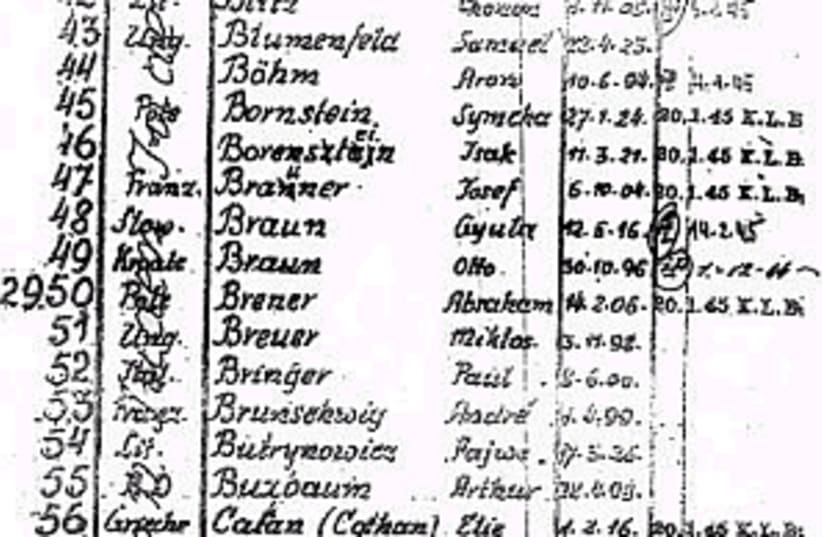| More about: | Stuttgart, Interpol, Germany, Shlomo Riskin |
Police find camp survivor to identify mass-grave bodies
Robert Wolf, 85, is believed to be the last Jewish survivor of the Nazi labor camp Echterdingen.


| More about: | Stuttgart, Interpol, Germany, Shlomo Riskin |